
Shamrocks (Oxalis spp. and cvs., Zones 3–11), also known as wood sorrels, are beloved annual and perennial plants known for their distinctive foliage that resembles clover (Trifolium spp.). Shamrock leaves are often triangular or heart-shaped, and they come in shades of purple, burgundy, pink, green, and silver. This is a large genus, with over 800 species, and it can be found growing all over the world, on every continent except Antarctica. It’s impossible to describe how to care for the genus as a whole; the species are so different, and together they represent almost every growing condition available, from rainforests to mountainsides to the tropics. But what all shamrocks share is their out-of-this-world foliage and colorful flowers. Here are four stunning shamrocks to add to your garden this year.
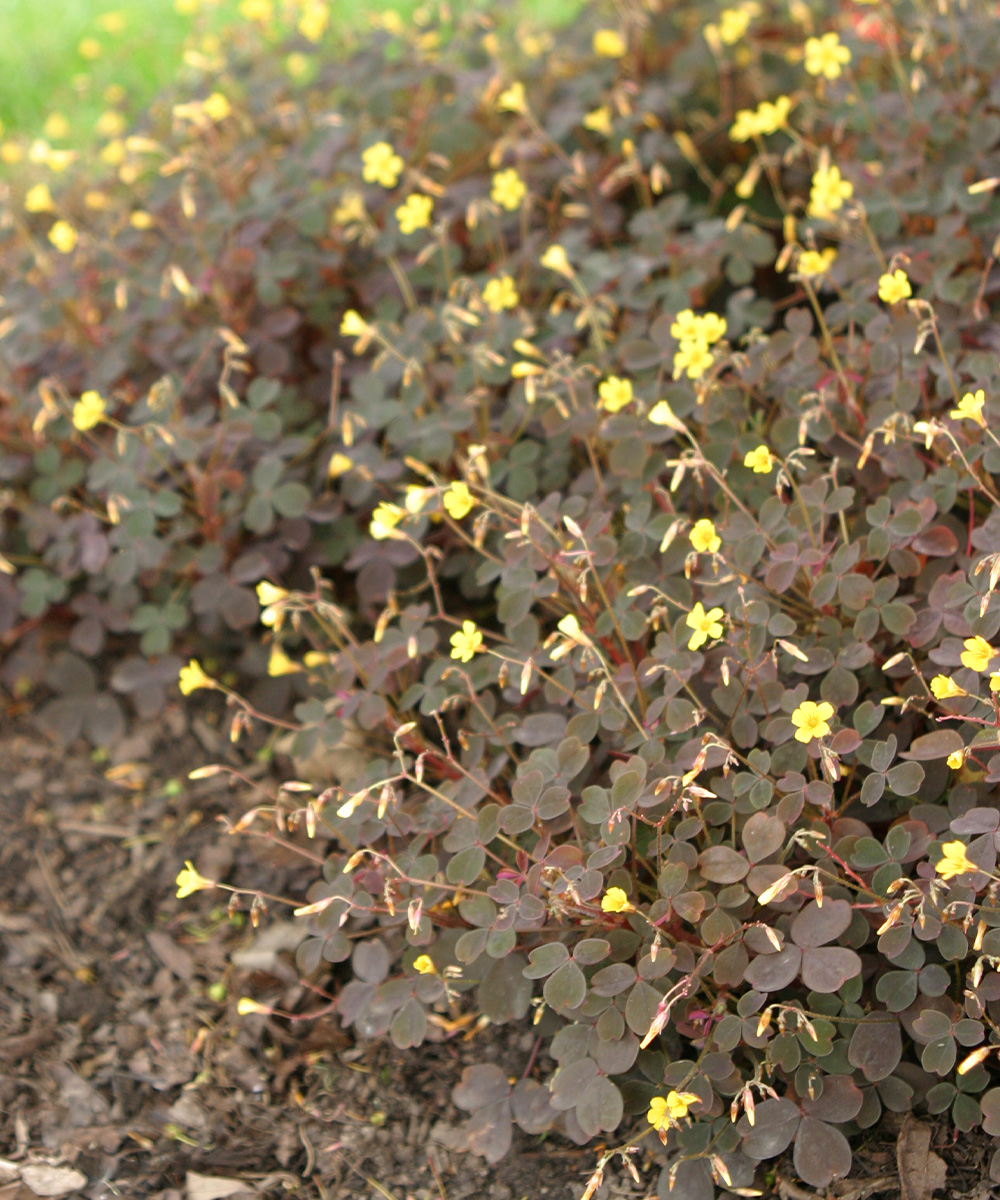
‘Zinfandel’ shamrock
Oxalis spiralis subsp. vulcanicola ‘Zinfandel’, Zones 9–11
‘Zinfandel’ shamrock has dark burgundy evergreen foliage that contrasts sharply with its bright, cheery yellow flowers. This tender perennial blooms consistently from late spring through summer in very hot climates. In milder climates, such as on a coast, it blooms almost year-round, although it goes into a small dormancy in winter. The flowers, which are held above pinkish stems, have small burgundy stripes on their throats that perfectly complement the dark foliage below. Mature plants reach about 1 foot tall and 2 feet wide. This subspecies, which is also called volcanic sorrel, is native to Central America and can take full sun to partial shade. It has semi-succulent foliage and is very drought tolerant, preferring well-drained soil.
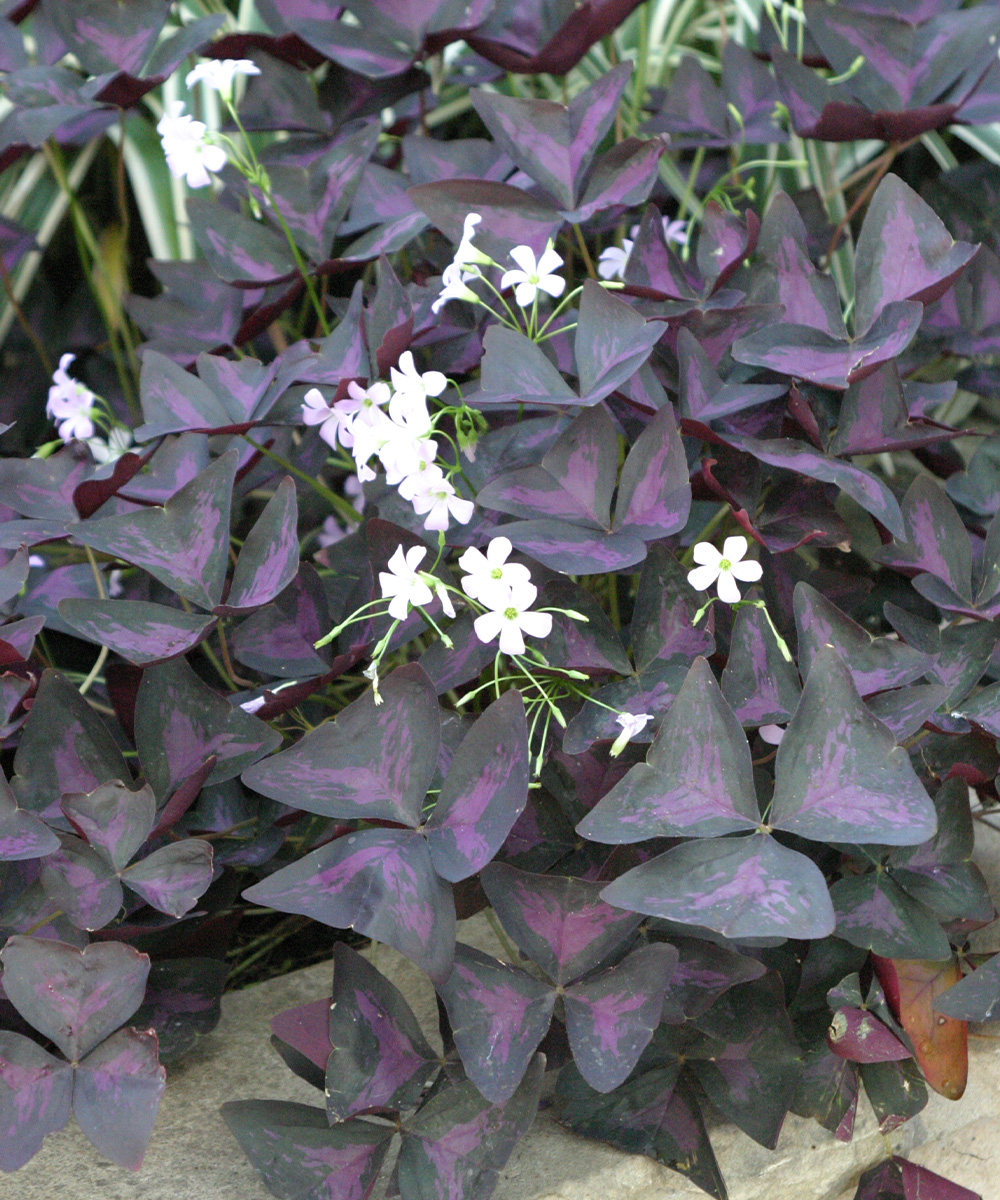
Purple shamrock
Oxalis triangularis, Zones 8–11
This South American native is perhaps one of the most popular shamrocks, and for good reason. Its dark mauve, triangle-shaped foliage has a purple patterning in the middle of the leaves. The foliage rests below bright white flowers on light green stems. The flowers seem almost blindingly white against the dark foliage, although they can also have a pinkish or lavender hue. Flowers bloom from fall through spring, and the plant goes into a period of dormancy in summer, when it loses its leaves. This species grows ½ to 1 foot tall and 1 to 2 feet wide. It prefers full sun to partial shade (the more shade, the hotter the climate) and moist but well-drained soil that’s slightly acidic. Purple shamrock is also popular as a houseplant and is relatively easy to grow as one. It can be potted up with a standard houseplant potting mix and stuck in the direct light of a window. As a houseplant, it should have a relatively humid environment and be watered and fertilized regularly. When it goes into its dormancy period, just place it in a darker space, withhold fertilizer, and decrease watering.
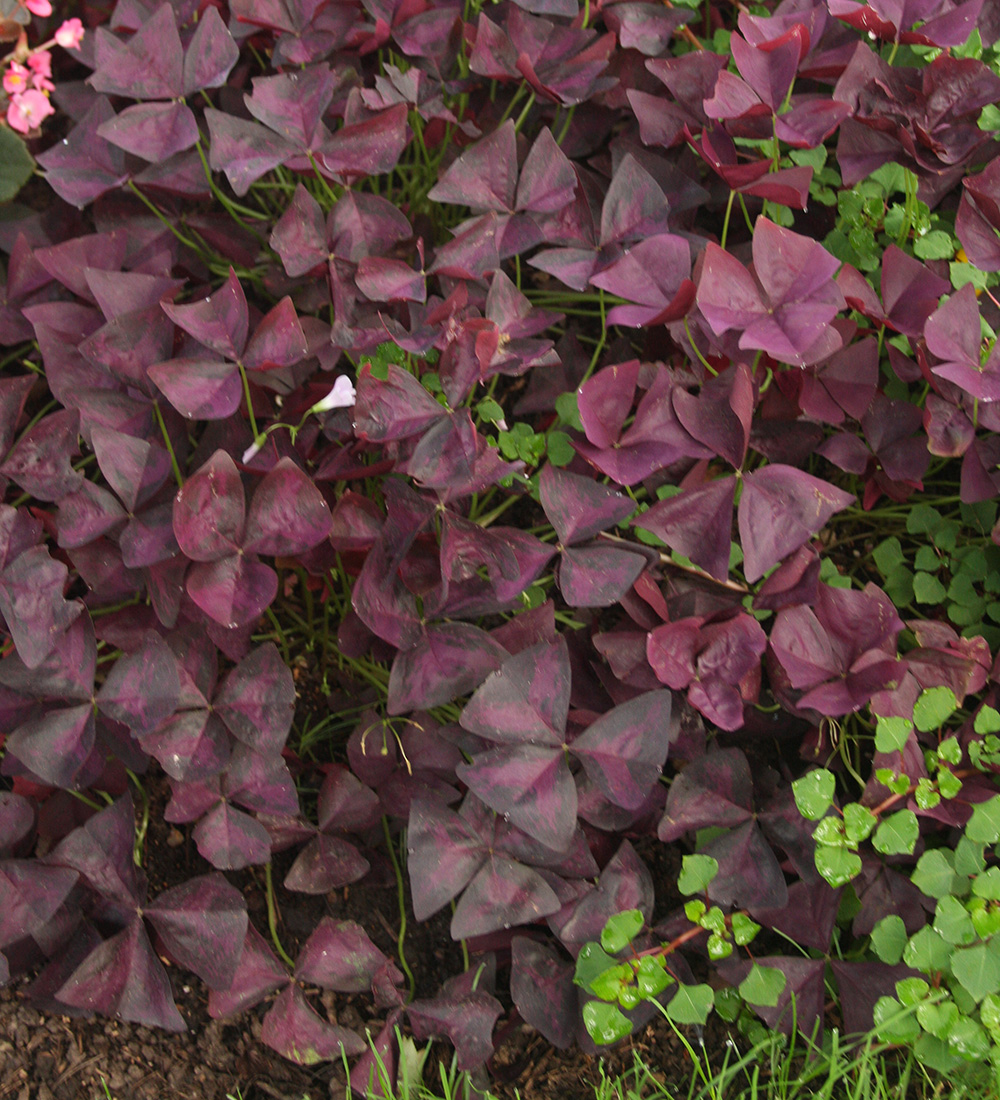
Charmed® Wine shamrock
Oxalis triangularis ‘JROXBURWI’, Zones 8–11
For an upgraded classic, try this stellar cultivar of purple shamrock. This plant was bred by Proven Winners for use as an annual or a houseplant, although it can still be grown as a perennial in warm-enough climates. Like the straight species, this plant has deeply purple leaves and white flowers, although its foliage is a little more maroon than that of the straight species. Unlike its parent, it’s tolerant of deep shade. While it can also be grown in full sun, it prefers at least partial shade. Charmed® Wine shamrock will grow ½ to 1½ feet tall and 1 foot wide with a mounding habit. It flowers throughout spring and summer with no deadheading necessary, making it a truly unstoppable annual for Zones 7 and below.
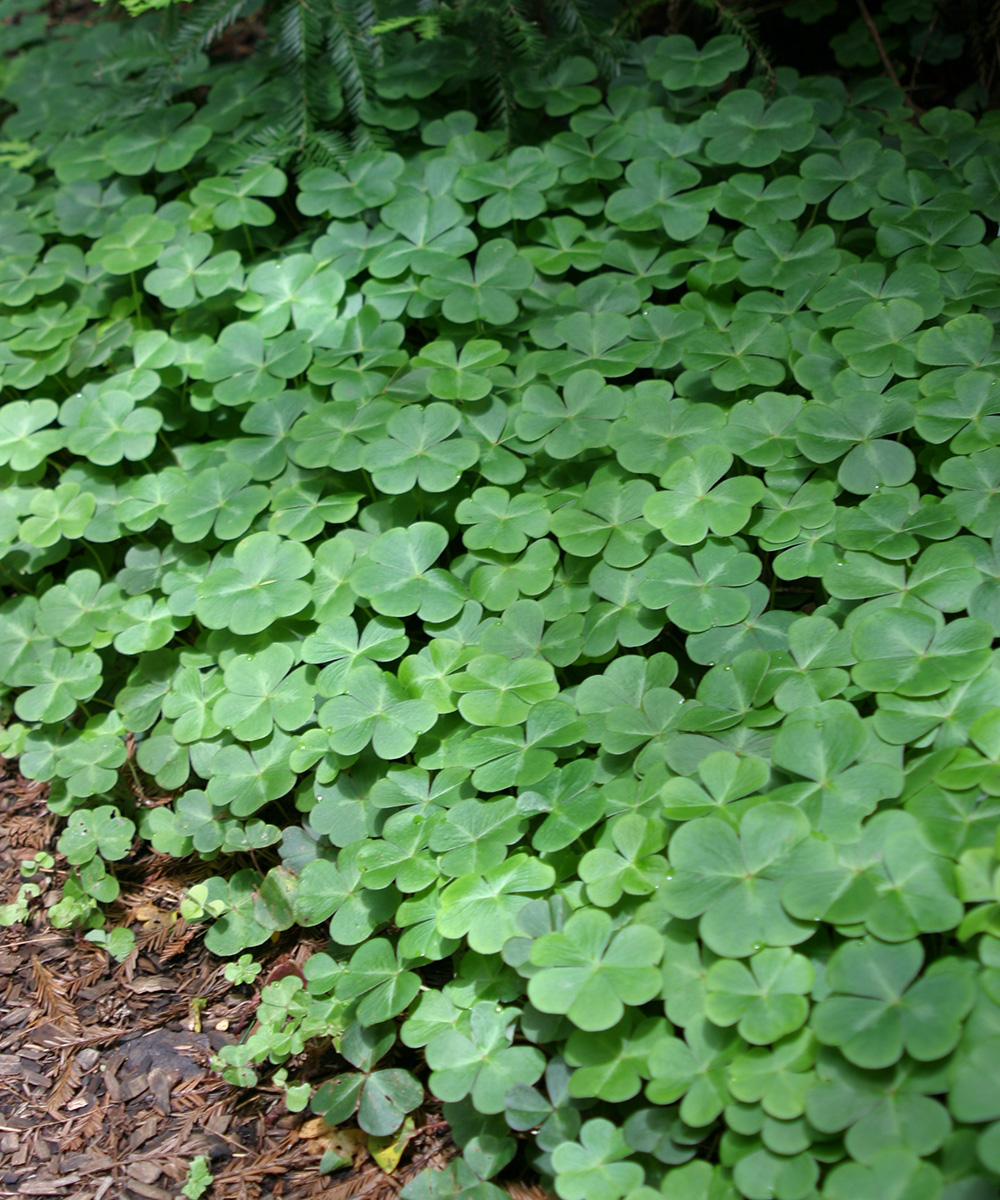
Redwood sorrel
Oxalis oregana, Zones 7–9
Native to the West Coast forests of the United States, this charming shamrock looks remarkably like clover, with its heart-shaped light green leaves. It spreads via rhizomes, with plants growing half a foot tall and several feet wide. Cup-shaped flowers bloom from spring to fall and are white with purple stripes on the inner petals and yellow centers. Redwood sorrel prefers moist, acidic soil that won’t dry out. This plant makes the perfect evergreen ground cover in a woodland garden with partial, dappled shade.
With their delicate blooms and wow-worthy foliage, shamrocks won’t disappoint, whether you grow them as annuals, perennials, or houseplants. For more information on shamrocks, check out The History of the Shamrock.
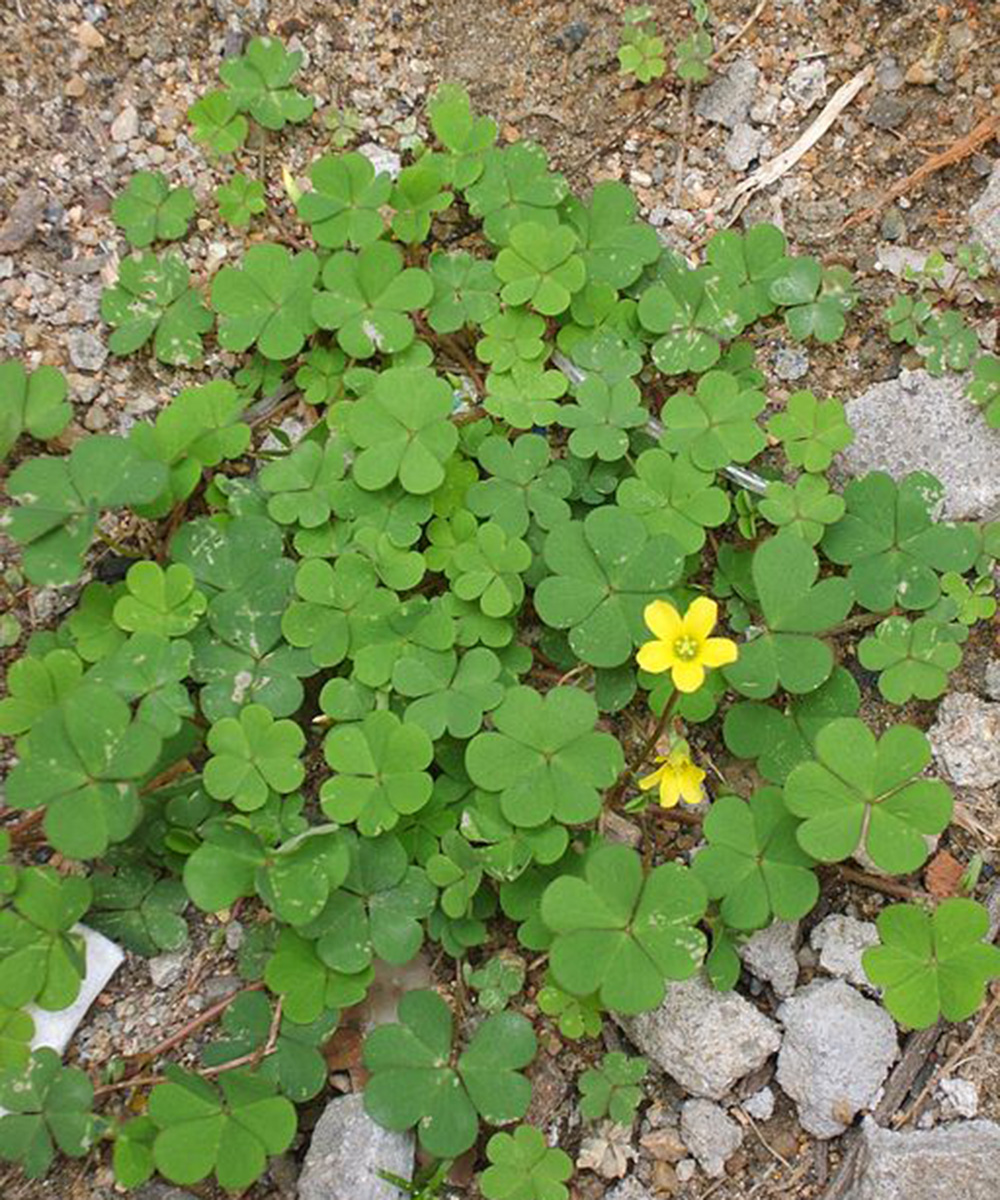
*Invasive alert
Some species of shamrock may be invasive in parts of the United States. Most notably, creeping wood sorrel (Oxalis corniculata, Zones 7–11) is invasive in California, and buttercup oxalis (Oxalis pes-caprae, Zones 8–11) is invasive in California and Arizona.
Diana Koehm is the assistant editor for Fine Gardening.



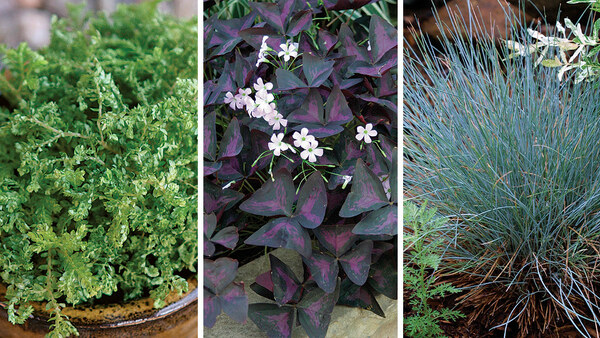
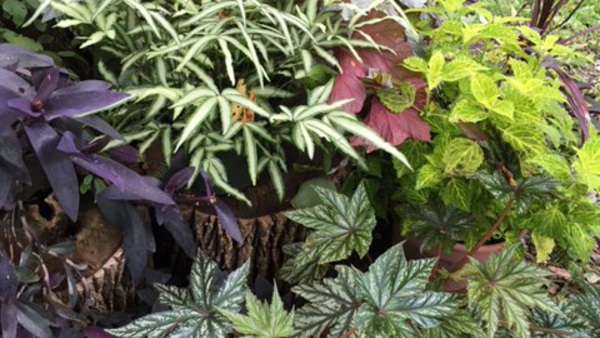












Comments
Log in or create an account to post a comment.
Sign up Log in